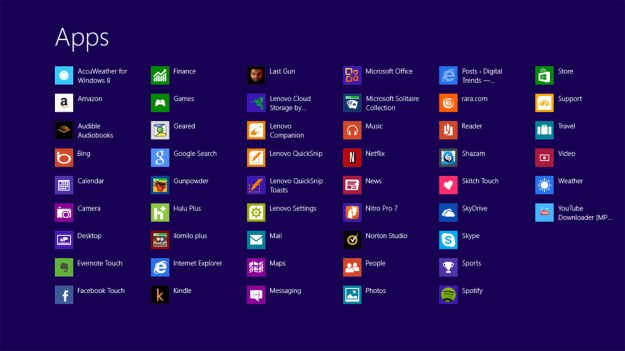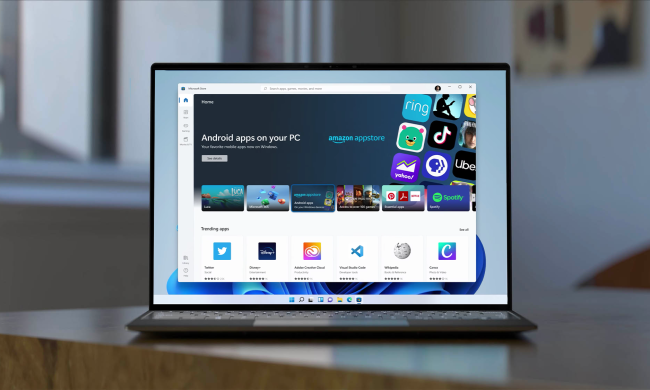
According to MetroScore Scanner, a website that keeps count of the apps on the Windows Store, Microsoft now has 50,000 apps in the Windows 8 app store. Up from the 35,000 count at the end of December, the 50,000 mark is more than double Microsoft’s November app count. While users probably appreciate having a wider variety of apps to choose from, growth has slowed since Windows 8’s launch in October 2012, wherein the store only had 2,000 apps to offer.
Maintaining the quality of apps is an issue with the Windows 8 app store, however. Microsoft even recently launched a reward system to entice developers to submit good apps to the Windows Store for $100 each up front. When we took a close look at the store in February, it was still full of filler apps or shovelware (apps that either don’t work as advertised or don’t work at all) that you don’t really want to download and install on your device. There’s a good number of quality software among the 50,000 apps, but we still don’t know how many shoddy ones are included in the count.
In addition to having a wider range of apps at your disposal, you can now also get updated versions of Windows 8’s Mail, People, and Calendar apps. The updates, which roll out today, feature a number of improvements, including multiple email account support, contact filter by social media, and a simpler way to schedule and organize meetings.


